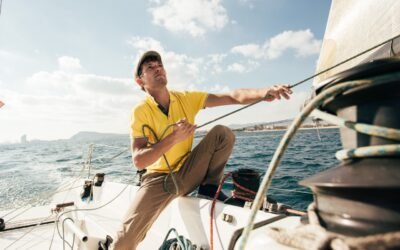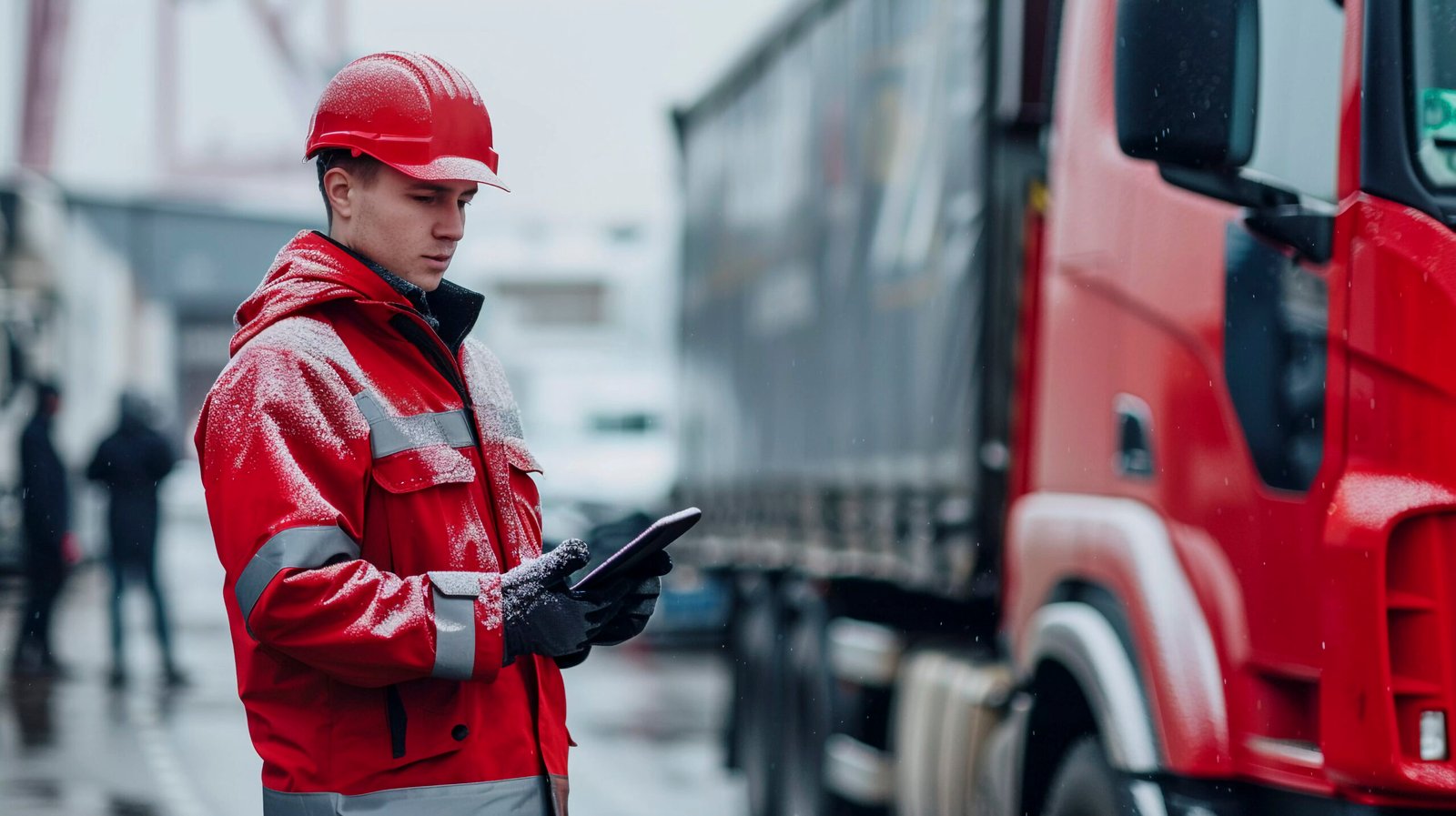Charteye: Enhancing Boat Safety with Smart Vision

Boating is one of the most exciting ways to explore nature. Whether cruising on calm lakes, traveling along the coast, or heading out to deep sea, being on the water offers adventure and peace. However, like any form of travel, it also involves risks. That’s where charteye comes into play. This high-tech marine camera system is designed to give boaters a safer and smarter experience at sea.
Imagine being able to see what’s behind, beside, and even under your boat without turning your head. With charteye, this level of awareness is possible. Whether you’re a seasoned sailor or just learning the ropes, understanding how charteye works can make a big difference in how you navigate and enjoy life on the water.
What Is Charteye?
Charteye is a powerful camera-based monitoring system made specifically for boats and yachts. It’s used to help skippers, captains, and casual boaters keep an eye on different parts of the vessel. The cameras are mounted in key areas and are connected to onboard displays. This setup allows users to view real-time footage of what’s happening in and around their boat.
Unlike regular security cameras, charteye is built for harsh marine environments. The system resists saltwater, sunlight, and extreme temperatures. This means it keeps working even during tough conditions like storms, high waves, or fog.
Why Was Charteye Created?
Charteye was developed to solve a common problem—limited visibility. Boats, especially larger ones, have blind spots. The driver or captain can’t always see what’s behind them or what’s happening on deck. These blind spots increase the risk of accidents, especially when docking, navigating through tight marinas, or moving near swimmers and divers.
Charteye was created to provide a clear view of these hidden areas. With high-quality cameras and smart displays, it makes boating safer and more comfortable. It’s like having eyes in the back of your head—or better yet, all around your vessel.
How Does Charteye Work?
The charteye system includes multiple marine cameras placed around the boat. These may include:
-
Rear-view cameras
-
Side deck cameras
-
Engine room cameras
-
Underwater cameras
-
Mast-mounted forward-looking cameras
These cameras send live video feeds to a central screen, usually located near the helm or control area. Some systems also work with smartphones or tablets.
You can switch views at any time, zoom in, or monitor multiple areas at once. Even in low light or at night, many charteye cameras use infrared vision or night-vision technology to keep the view clear.
Main Features of Charteye
Charteye systems are packed with smart features that make them different from ordinary cameras. These include:
-
Waterproof design: Built to survive rain, waves, and salt spray.
-
High-definition video: Crisp, clear images for easy viewing.
-
Wide-angle lenses: A bigger view of each side or zone.
-
Low-light performance: Clear vision even in the dark.
-
Motion detection: Alerts when movement is detected onboard or nearby.
-
Mobile control: Check footage from your phone or tablet via wireless connection.
These tools help you stay aware of your surroundings at all times.
Where Is Charteye Installed on a Boat?
Charteye systems are flexible, and installation depends on the type of boat. Common spots include:
-
Stern (back of the boat): To help with docking and reversing.
-
Bow (front of the boat): For forward visibility in tight spaces.
-
Engine room: To monitor temperature, leaks, or smoke.
-
Cabin or deck: To keep watch over passengers and gear.
-
Underwater: For checking anchor position or spotting marine life.
Many yacht owners also install charteye to keep an eye on children, pets, or expensive equipment while sailing.
Who Uses Charteye?
Charteye is used by many different types of boaters. These include:
-
Yacht owners: For luxury travel and better control during docking.
-
Fishermen: To watch rod setups, traps, and even fish underwater.
-
Sailing schools: For training students with better visual feedback.
-
Rescue services: For fast, safe decisions during emergencies.
-
Commercial captains: To monitor crew, cargo, and surroundings.
Even weekend boaters are now turning to charteye for added peace of mind during short trips.
Why Is Charteye Important for Safety?
Boat safety is all about awareness. The ocean and waterways can change quickly—weather, traffic, or sudden obstacles can appear without warning. Charteye helps prevent problems in several ways:
-
Avoiding collisions: Cameras give a 360-degree view of traffic.
-
Better docking: Rear cameras help align the boat with docks and moorings.
-
Engine room alerts: Spot trouble before it becomes dangerous.
-
Overboard safety: Quickly spot and respond if someone falls in.
-
Security: Monitor for theft or intruders while docked.
In other words, charteye gives boaters extra seconds to react—and those seconds can save lives.
How Is Charteye Installed?
Charteye can be installed during boat building or added later as an upgrade. Professional installers usually do the job because waterproofing and cable routing need to be done correctly. However, some handy boaters install their own systems using wireless cameras and DIY kits.
Steps often include:
-
Choosing camera spots.
-
Mounting the cameras with brackets.
-
Running cables or setting up wireless links.
-
Connecting to the display system.
-
Testing the system for signal and image clarity.
Once installed, the cameras usually need very little maintenance.
Charteye vs. Traditional Boat Mirrors
Before marine cameras became popular, boaters relied on mirrors. But mirrors have big drawbacks:
| Feature | Charteye | Boat Mirrors |
|---|---|---|
| Works at night | Yes | No |
| Weatherproof | Yes | Often fogs up |
| View angle | Wide and flexible | Narrow |
| Real-time alerts | Yes | No |
| Records video | Yes | No |
Charteye clearly wins in modern boating situations.
Is Charteye Only for Big Yachts?
No! While it’s common on large yachts, charteye is useful for all boat sizes. Even smaller fishing boats or sailboats benefit from better visibility and safety.
Smaller systems are often cheaper and easier to install. Some even come as single-camera kits you can upgrade later.
As boating technology becomes more accessible, even everyday hobbyists are adding cameras to their setups.
How Much Does Charteye Cost?
Costs can vary depending on the number of cameras and features. A basic setup with one or two cameras may cost a few hundred dollars, while full yacht systems can go into the thousands.
Here’s a rough guide:
-
Basic 1-2 camera kit: $300–$600
-
Mid-range system (4–6 cameras): $1,000–$2,500
-
Luxury yacht systems (10+ cameras): $5,000+
For many users, the cost is worth it for the safety, comfort, and ease it brings.
Using Charteye with Smartphones and Tablets
One of the best things about charteye is mobile access. Many systems connect wirelessly to your phone or tablet. This means you can:
-
Check cameras from anywhere on the boat
-
Save video clips
-
Get alerts while sleeping or resting
Some apps even let you control zoom or rotate the view with a swipe of your finger.
Boating has never been smarter or more mobile.
What Happens If a Camera Fails?
Though rare, marine cameras can stop working due to damage or power issues. To prevent this:
-
Always test your system before trips.
-
Keep cameras clean and free of salt buildup.
-
Use backup power for critical areas like the engine room.
Some charteye systems include auto-switching, so if one camera fails, others cover its view.
Maintenance is key to keeping the system reliable.
Real Stories: Charteye in Action
Here are a few real examples of how charteye made a difference:
-
Docking Disaster Avoided: A sailor saw a child on the dock just behind the propeller using the rear cam. He stopped just in time.
-
Engine Fire Detected Early: A hot spot in the engine room was seen on the camera, and the issue was fixed before it became serious.
-
Night Rescue Support: A charteye infrared camera helped locate a floating object that turned out to be a missing paddleboarder.
These stories show that cameras aren’t just for fun—they can be life-saving.
Frequently Asked Questions
Can charteye cameras record video?
Yes, many models include recording or can be paired with DVRs.
Will saltwater damage the cameras?
No, they’re designed to handle salt spray and weather.
Do I need Wi-Fi on the boat?
Only if you want mobile access. The basic system runs on wires.
Is it hard to learn how to use?
Not at all! The interface is simple, with touch screens and clear labels.
Can charteye work when the boat is off?
Yes, with battery backup or solar support, some systems stay active at anchor.
Conclusion
The charteye marine camera system is changing the way people think about boating safety. From sharper views and faster reaction times to easier docking and better control, it offers a complete vision solution for all kinds of boaters.
Even if your boat is small, the peace of mind that comes from seeing every angle is something no one should miss. With the right system in place, every trip can be smoother, safer, and more enjoyable.











